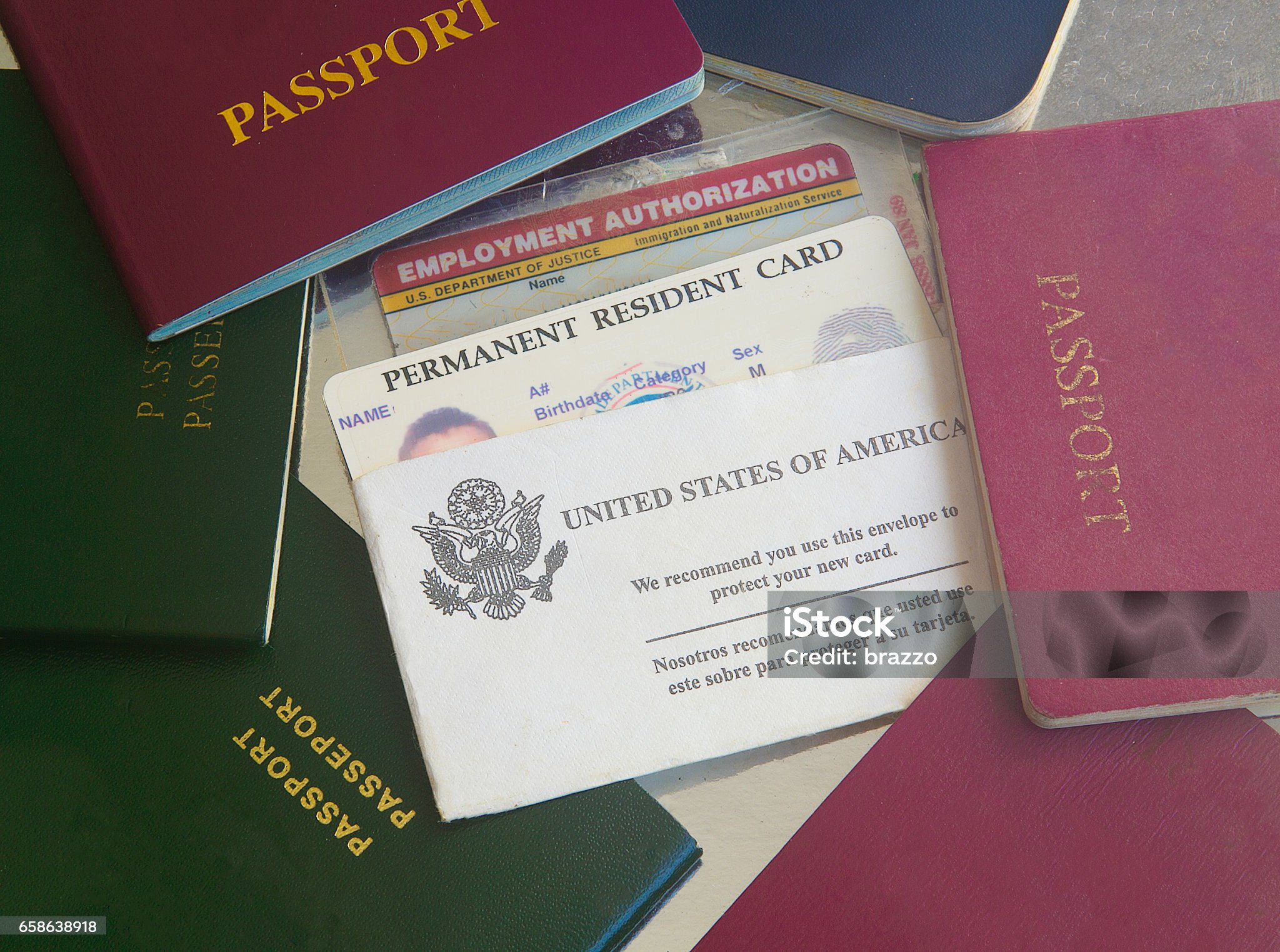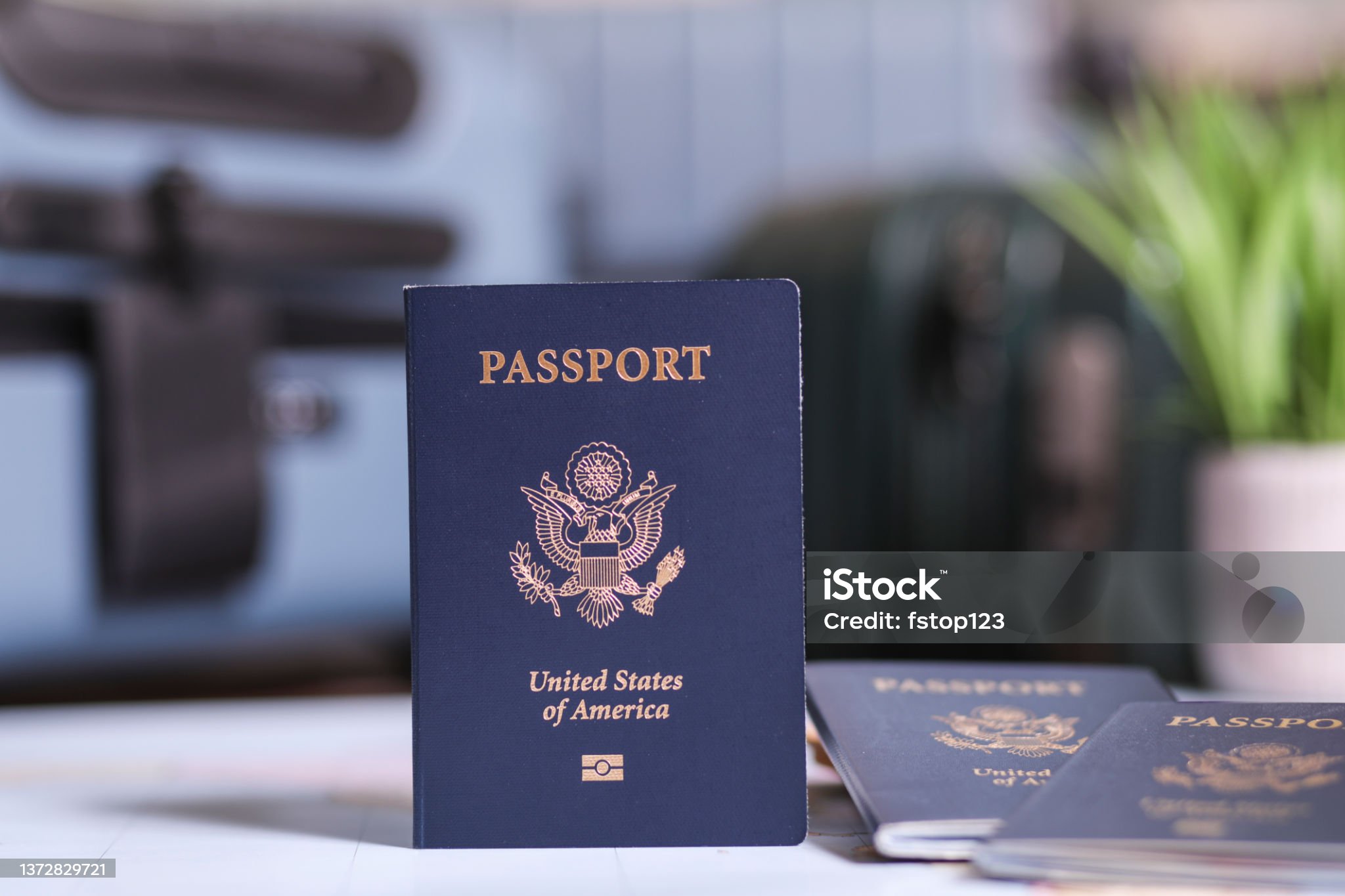Investigating Future Developments in Secure Identification Technologies and Their Role in Secure Transactions
Investigating Future Developments in Secure Identification Technologies and Their Role in Secure Transactions
Blog Article

1. Introduction to Personal Identification Documents
Identification documents play an essential role both for individuals and society. They act as "permissions" and "access passes," meaning society functions smoothly only when they are available and universally accepted. Various types of identification documents exist, each representing a distinct aspect or purpose. For example, a copyright serves as proof that a person can legally drive, and a copyright proves citizenship and allows entry into the country. Such documents hold significant personal importance and are essential when handling contracts, such as for employment, services, insurance, or rentals. Many times, financial institutions might request to review these documents if the borrower seems untrustworthy or lacks a solid credit history. Such identification acts both as an identification method and as legal clearance for various functions.
Historically, identification documents were less central to everyday life than they are now. Their significance has increased over time due to shifts in legal and security frameworks. Advances in information technology have made it possible for organizations to develop secure systems that are far ahead of the cutting-edge ID technologies available to the general public. Many countries are moving toward biometric technology to standardize their identification systems. Some already utilize electronic exit systems.
A person's identification documents serve as a formal confirmation of their legal standing. Globally recognized identification forms, such as passports, copyright, copyright, and driver's licenses, are accepted worldwide as proof of identity at both local and international scales. People often securely store their critical identification documents so that they can retrieve them easily when necessary.
In this discussion, we delve into the legitimacy and importance of documents such as the IDP, Real ID, copyright, copyright, copyright, and resident permits, aiming to enhance public awareness of their necessity. Both educators and the public should be familiar with these documents, as it could be useful in preventing the loss or aiding in the recovery of such essential items. The content here is designed to inform both national and international readers about the most critical documents they need for personal understanding and practical use.
2. Legal Framework and Regulations Governing Identification Documents
The governance of identification documents depends on jurisdiction-specific laws and rules. Documents are issued to individuals by authorized bodies, following strict guidelines meant to preserve their accuracy and integrity. In some cases, identification documents may be required, but in other instances, they are used as optional verification or validation. It is the responsibility of the individual to comply with the legal guidelines set by the jurisdiction where the document is to be used. In summary, it is important for individuals to understand the local or specific legal requirements that apply to them in any jurisdiction where they expect or plan to carry out any transaction or to use such documents. Primarily, state and local governmental agencies oversee the issuance, regulation, and restrictions tied to these documents for specific transactional use.
The varying requirements of each jurisdiction and reasons for identification documents, however, can conflict with the need to travel and conduct business on an international level. It is, therefore, a global concern when people experience confusion or alienation when traveling internationally due to a lack of understanding of identification document rules. While it is impractical to outline all the specific regulations from each country, it is crucial to recognize that with 200 countries and billions of travelers, knowing these rules is essential for global business and travel. By not following the rules, individuals could violate another country's laws, and that is where the rules of reciprocity and international legality must be applied. Noncompliance may result in civil or criminal consequences, breaching identity, privacy, trade, commerce, or human rights laws.
Public policies and protected rights can sometimes clash when creating security regulations for travel IDs. In some cases, human rights can come into conflict with public security measures regarding the most secure identification rules needed to combat terrorism. In recent years, the introduction of digital mobile driver’s licenses has led countries to either update or create new laws and regulations that go beyond just technology, as this field continues to evolve. The next frontier for global travel may lie in the widespread use of digital identification documents. Despite the shift towards mobile driver’s licenses, the use of passports is expected to persist well into the future. 
Both the standardization and evolution of digital IDs and mobile driver licenses are progressing as well. For example, nearly two years after California's law on mobile copyright requirements, stakeholders are set to finalize regulations for the first official state mobile driver’s license.
3. A Comparison of International Driver’s License, Real ID, copyright, copyright, copyright, and Resident Permit
An International Driver’s License is an identification produced for people who are driving internationally. Neither the United Nations nor the International Non-Governmental Organization designed the International Driver’s License for the purpose of traveling between states.
The Real ID is intended to be a widely accepted identification for domestic travel, along with state-issued driver’s licenses and IDs that meet federal standards. The Real ID can also be used for entry to federal facilities and nuclear power plants. It is important to note that the Real ID is not designed as a travel document, nor does it serve as a copyright, visa, or residency permit. Though some people may use it abroad as an identification and date of birth document, the Real ID is primarily intended for domestic use.
In the United States, passports serve as original forms of identification, as opposed to derived ones. Passports are designed to protect citizens traveling internationally and to facilitate participation in non-mandatory diplomatic meetings or treaty discussions. This is the official, often administrative, use. The copyright copyright also has, of course, a bureaucratic or private use. To travel internationally, or even regionally in some cases, travelers must not only possess a copyright but also adhere to various other regulations.
The copyright is a record issued at the time of birth and is used as a means to obtain a copyright and other forms of identification. In comparison, copyright and passports might appear to serve similar purposes. That said, a copyright provides extended functions beyond its initial use. Also, even if served in acquisition, the copyright never leads to the acquisition of a “second copyright”. It is irrelevant to the second copyright unless the traveler intends to pursue an unlawful second nationality.
4. Security Elements and Fraud Prevention in Identification Documents
Various security features guard against counterfeiting, alteration, tampering, and fraudulent use. For example, many ID cards and documents contain security components such as holograms, multi-layer images, and laser engraving. Some ID cards are embedded with RFID chips holding biometric data and digital imagery to prevent misuse.
A number of these security components remain covert or semi-covert, including elements like special inks, watermarks, or microscopic text. Such security features are designed to make identification documents highly resistant to counterfeiting. 
In general, the level of security of an copyright should correspond to the level of trust required. copyright security features, for example, don’t require the same level of security as passports, which are used for international travel, while driving licenses serve primarily domestic purposes.
Advances in technology have driven the creation of more advanced security elements for ID documents. Actively promoting and adopting new security technologies helps keep one step ahead of potential fraudsters and counterfeiters by using up-to-date issuance practices.
Moreover, it is also important to continually evaluate existing and potential security features and issuance methods. This evaluation ensures that identification security systems remain strong in the face of new and advancing threats.
Furthermore, an effective anti-fraud document security program needs to employ both proactive and reactive strategies. Proactive strategies include actions such as education, public campaigns, service announcements, and security-focused events or workshops.
5. Summary and Future Developments in Identification Document Technology
This document provides a global overview of various types of identification documents across different countries. Identification documents must be examined from a technical angle, including security features and verification, as well as from a legal viewpoint concerning their legitimacy in courts.
Research indicates that opinions on the quality of identification documents and their verification worth differ depending on the context of use. Additionally, ethnographic research could offer insight into how different cultures define what constitutes a reliable identification document. Comparison studies shed light on how identification document legitimacy can differ, even among countries with similar systems.
Future trends in identification documents are rapidly evolving due to innovations in digital and technological fields. Digital technology is consistently improving the security and service potential of secure documents like electronic IDs (eIDs), in line with the widespread use of mobile devices. Key developments in this technological shift are the integration of biometrics and blockchain as distributed ledger technologies.
Biometrics and its “liveness” function will capture biometric data during direct interaction with the enrolling authority, ensuring identity accuracy and reducing the risk of digital identity fraud. This technology could transcend the scope of basic human rights as defined by international laws and constitutions. Access to this biometric data needs to remain highly private and governed by the individual’s consent.
The spread of digital identity indeed can raise concerns about exclusion. Many people struggle to gain access to digital identity systems, especially in certain regions. Some already speak of an “identity gap” caused and reinforced by new technologies that, with different ways of use, can generate structurally unequal levels of identity verification to access certain spheres of human society.
There is a need for more systematic comparisons between digital identity systems and physical documents. So, apart from verifying identity, digital identity databases also serve to verify risk levels associated with different transactions. Further research is needed to explore how offline verification rights translate into the digital identity space.